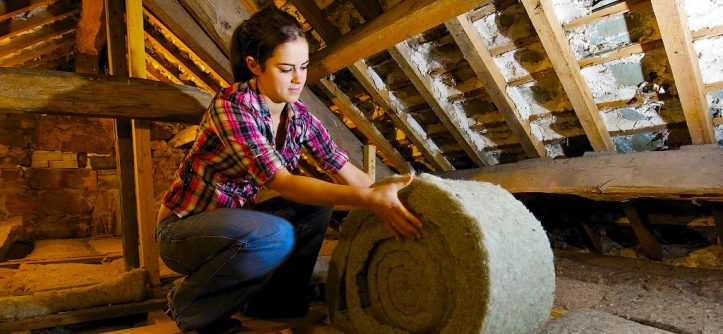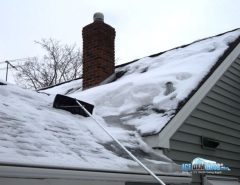The right insulation can prevent conditioned air from escaping during the winter and incoming heat in the summer. It can also seal gaps, minimizing the infiltration of outdoor pollutants and moisture, often leading to respiratory health issues. However, many homeowners may not be aware that the proper type and insulation installation can contribute to a healthy living environment.
Reduces Moisture
Insulation helps reduce moisture in the indoor air, preventing bacterial growth such as mold. This can lead to various health problems, including respiratory and skin irritation.
Insulation works best with proper ventilation and air sealing to prevent leaks. When air leaks through your insulation, moisture, and outdoor pollutants enter your home, damaging your indoor air quality. The moisture created through these leaks can cause problems such as mold and mildew growth. It can also contribute to other health issues, such as asthma and respiratory distress.
Reduces Noise
Insulation is more than just a summer or winter essential; it plays a critical role throughout the year in controlling indoor temperatures and preserving healthy air quality. Whether preventing outdoor pollutants from infiltrating your home or preventing moisture, mold, and mildew, ensuring that your insulation is properly installed can improve respiratory health and energy efficiency, decrease noise pollution, and reduce allergen exposure.
House insulation with spray foam or other low-VOC options can minimize off-gassing and irritation to the nose, eyes, and throat. Insulation also helps optimize ventilation, preventing air leaks and minimizing the need to crank the HVAC system.
Many homeowners may need to realize that attic insulation is vital to a healthy and safe living environment. Replacing old, contaminated insulation and replacing it with new fiberglass or cellulose can make the difference between healthy air and unhealthy air.
Reduces Allergens
Insulation prevents moisture buildup in various home areas, including attics, walls, crawl spaces, and basements. It also helps to control temperature fluctuations, creating stable conditions that reduce airborne allergens such as pollen and dust.
When a house is poorly insulated or uninsulated, allergens like dust mites, molds, pet dander, mildew, and other microorganisms can enter the home. These pollutants can cause itchy eyes, runny nose, sneezing, coughing, and wheezing in sensitive people.
Removing old insulation and air sealing with spray foam can dramatically improve indoor air quality if you suffer from allergies and asthma. Spray foam insulation fills all the nooks and crannies in your attic, walls, and other places where these allergens can hide. It also keeps pests, such as squirrels, mice, rats, opossums, cockroaches, and bats, out of the attic, where their droppings and feces can trigger allergy flare-ups. Breezes can blow these contaminants into the house and exacerbate your allergy symptoms throughout the year.
Improves Energy Efficiency
Insulation helps control temperature by minimizing heat flow between heated rooms and the exterior or unheated spaces, thus lowering heating and cooling costs. Moreover, it prevents outside air pollutants, dust, and allergens from entering the home. This way, insulation promotes a clean and comfortable indoor environment all year round.
Aside from preventing moisture buildup that can trigger the growth of molds and mildew, effective insulation also inhibits condensation. These microorganisms are a major source of unhealthy indoor air, releasing spores and other toxic gases that can negatively affect respiratory health.
In addition to the benefits mentioned above, installing proper insulation can help homeowners save up to 10% on their energy bills. By reducing energy consumption, they can lower their reliance on fossil fuels and lessen greenhouse gas emissions in the atmosphere, thus contributing to environmental sustainability.
Tags: best house insulation, external house insulation, house insulation types, spray foam house insulation, under house insulation, well house insulation



